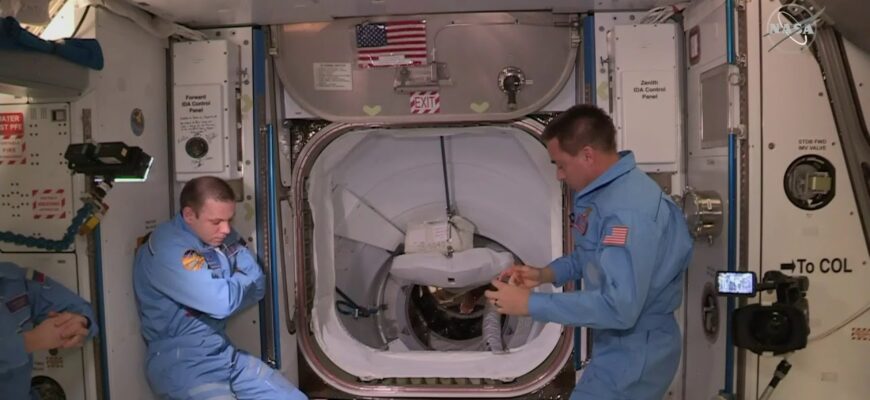The International Space Station, a beacon of human ingenuity orbiting our planet, is about to host an experiment that might sound like a recreational pursuit, but is, in fact, a pivotal step in humanity`s extraterrestrial ambitions: brewing beer. No, this isn`t about stocking the cosmic mini-fridge for a zero-g happy hour, but rather a serious scientific endeavor with profound implications for long-duration space missions and future planetary colonization.
The MicroBrew-1 Project: A Leap for Fermentation Science
Behind this unusual endeavor is the American brewing company, Starbase Brewery. Their pioneering project, aptly named `MicroBrew-1`, marks the very first attempt to ferment beer in the unique conditions of space. Launched as part of the NASA Crew-11 mission, this experiment is not merely about replicating a terrestrial hobby in orbit. The primary objective extends far beyond a simple cosmic pint.
Researchers aim to meticulously observe how yeast, the microscopic workhorse of fermentation, reacts to the combined challenges of microgravity and elevated radiation levels. Understanding yeast`s behavior in this alien environment is crucial. Its adaptability could unlock significant advancements in the production of sustenance for long-duration space missions. Think not just of beverages, but of nutrient-rich foods and other bioregenerative systems essential for sustaining human life far from Earth.
OASIS: Turning Beer Waste into Martian Soil
Starbase Brewery`s vision doesn`t stop at fermentation. They are also spearheading the OASIS project, an ambitious endeavor to cultivate agricultural crops directly in space soil. In a rather ingenious closed-loop system, spent beer grains, a byproduct of the brewing process, have been mixed with simulated Martian regolith – the loose, rocky surface material found on Mars. This enriched mixture then serves as a fertilizer for barley, a grain fundamental to beer, and a potential future staple for off-world settlements. Who knew that the path to Martian farming might just be paved with beer waste?
If successful, this experiment could revolutionize space agriculture, offering a viable method for growing food on distant planets and significantly reducing the logistical burden of transporting supplies from Earth. It`s a pragmatic approach to self-sufficiency in space, transforming what was once a by-product into a valuable resource.
The Crew Behind the Cosmic Keg
The pioneering crew for this unique mission arrived aboard the Crew Dragon spacecraft on August 2nd, a day later than initially planned due to terrestrial weather concerns. The Falcon-9 rocket delivered them to the orbital outpost, where they docked on the International Space Station. This multinational team exemplifies the spirit of global collaboration in space exploration.
The new crew includes:
- Commander Zina Cardman (USA)
- Pilot Michael Fink (USA)
- Kimiya Yui (Japanese Aerospace Exploration Agency, JAXA)
- Oleg Platonov (Roscosmos, Russia)
They are expected to spend several months aboard the station. In a testament to continuous operations and international cooperation, the previous Crew Dragon spacecraft is anticipated to return to Earth soon, carrying Roscosmos cosmonaut Kirill Peskov, NASA astronauts Anne McClain and Nicole Ayers, and JAXA astronaut Takuya Onishi. This ongoing exchange of crews underscores the vital cross-flight agreements between Roscosmos and NASA, ensuring the continuous habitation and operation of the ISS.
A Toast to Future Settlements
While the idea of space beer might initially elicit a chuckle, the scientific implications of MicroBrew-1 and OASIS are anything but trivial. These experiments represent a tangible step towards understanding and overcoming the fundamental challenges of deep-space exploration and planetary colonization. From optimizing life support systems to developing self-sustaining food production, every small step in such experiments contributes to humanity`s grander vision for space.
If successful, the insights gained from this cosmic brewing adventure could one day help humanity establish sustainable outposts beyond Earth, turning the Red Planet into a slightly greener, and perhaps even `hoppier`, place. The quest for extraterrestrial living is a complex undertaking, and sometimes, the most unexpected experiments provide the most profound insights.








